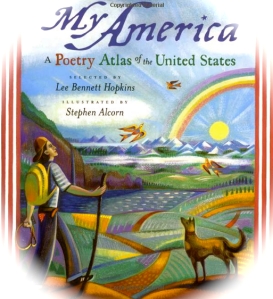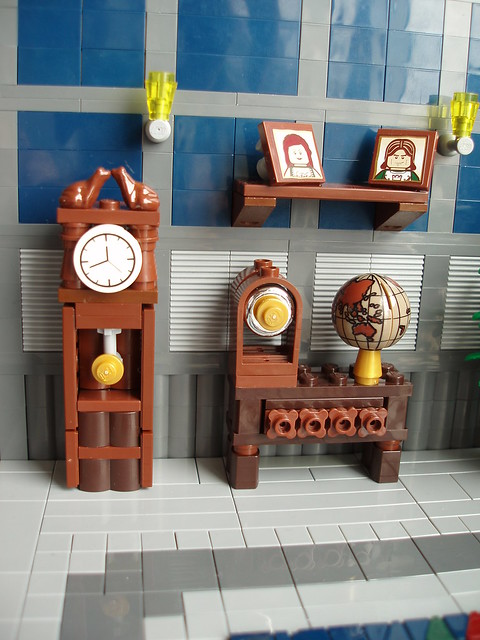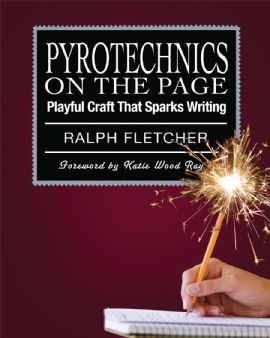I’ve been doing more work this year around the idea of “close reading” with my students, focusing in on how to read carefully and critically, and I have definitely seen growth in their analytical skills as a result. We’ve been in the midst of a poetry unit, and I have been trying to take some of those “close reading” concepts and use them for “close listening.” I am working on this because there is a sizeable number of kids who seem to drift off a little too easily at times when I am doing read aloud. And while I want them to be enjoying the text, I also want them to be learning about the text, too.
Poetry seems a perfect way to get at this idea of active and close listening. Yesterday, for example, we studied The Raven by Edgar Allen Poe, and focused on mood. My students were digging into this poem, which was unfamiliar to all but a few of them, and considering the question of “mood and tone” from listening to the poem. We went about identifying words and phrases, and poetic techniques (symbolism and repetition), to get at the heart of Poe’s classic tale. The we watched The Simpson’s spoof of The Raven, and brought that idea of satire into the discussion (How did The Simpson’s version alter the mood?)
I also used a wonderful book called My America: A Poetry Atlas of the United States. This is a collection of poems that center on a “place” with great imagery. The way this lesson unfolds is that they don’t know what part of the country the poem I read aloud is from, and using evidence from the text they are listening to (the poem), they have to place it on a geographic map of the United States. We use a simple chart, so that they have to pull out “evidence” from the poems to support their guesses, and then another part of the chart has them listening for figurative language devices.

The use of the chart really does focus their listening skills, and the conversations about the evidence they have heard and why it signifies a certain place in the country is wonderful, as the poems connect not only to certain spaces but also sparks memories and poetry about their own vision of places they have been.
Peace (in the share),
Kevin





